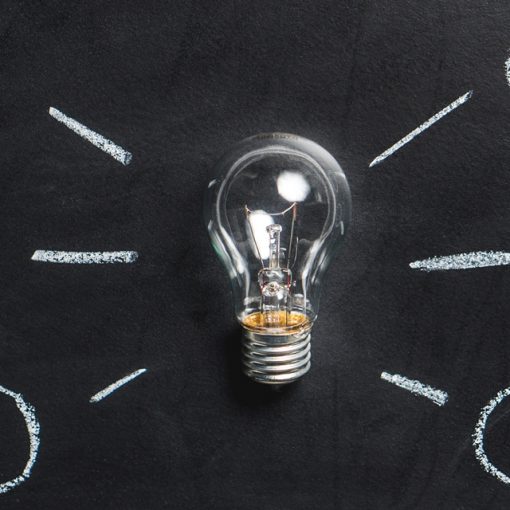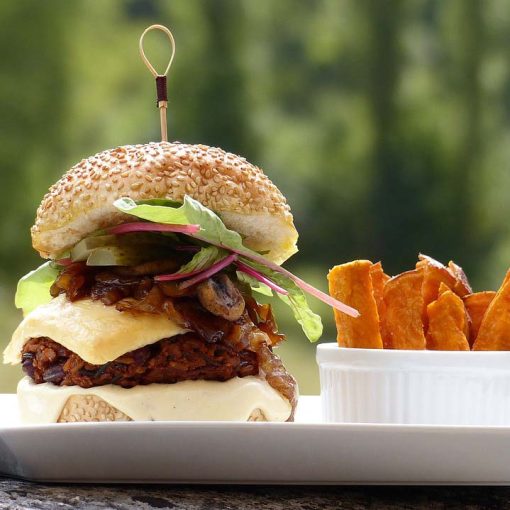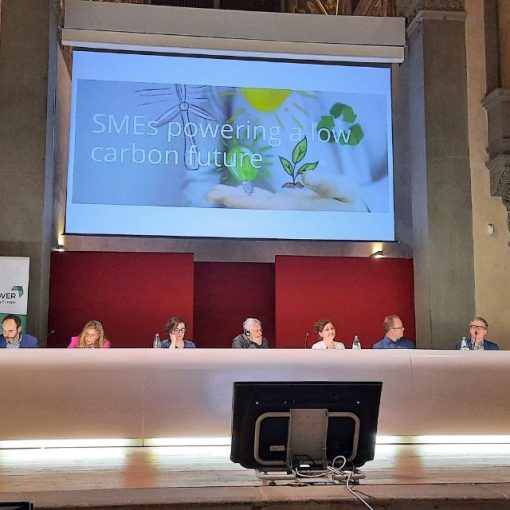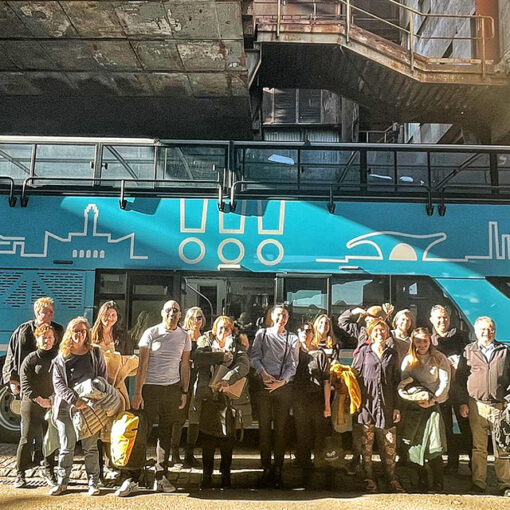The demand for sustainable and circular solutions, which are local and bio-based is increasingly growing. The circular bioeconomy is glocal, both global and local. The local bioeconomy includes a part of the food, materials and energy production with the benefit of minimizing transportation as being nearby raw materials and customers. The global bioeconomy level will complete the local by providing special products and services. (Sitra 2011.)
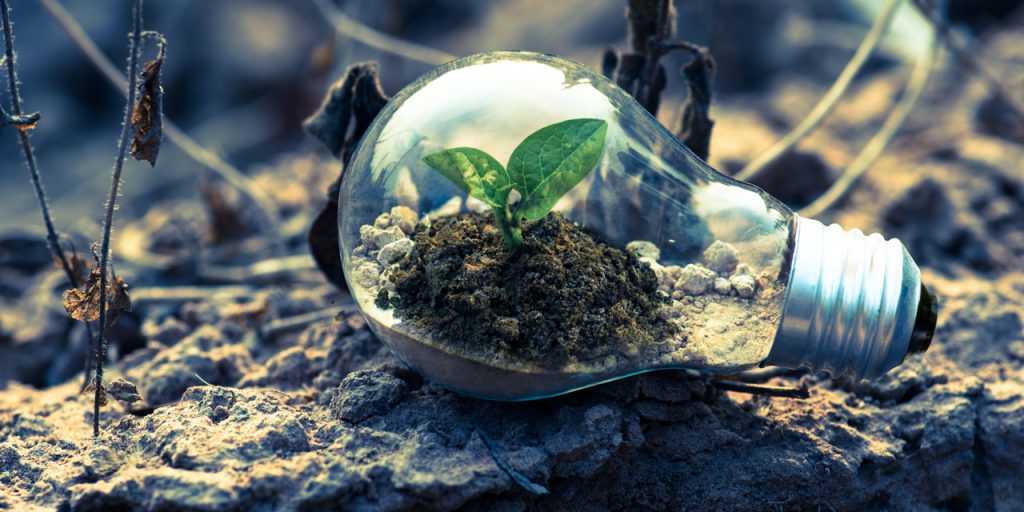
Local Actors Boosting Circular Bioeconomy
In Päijät-Häme, the Regional Council has chaired a regional bioeconomy working group since 2016. The group consists of representatives from various sectors: administration, municipalities, business sector and academia. In 2018, due to the extension of its focus, the group’s name was changed to the Päijät-Häme circular economy group. The group has acted as regional stakeholder group of several projects, including BIOREGIO. BIOREGIO – Regional circular economy models and best available technologies for biological streams focuses on developing bio-based circular economy.
One of the key BIOREGIO outcomes was the Päijät-Häme Bio-based Circular Economy Action Plan, which was approved on 8 May 2019 by the Mayor Laura Leppänen. The Action Plan was designed together with the regional stakeholder group and defines four actions promoting bio-based circular economy: (1) Developing sustainable bio-based circular economy and enhancing the circulation of nutrients, (2) New solutions in the collection and utilization of biowaste, (3) Developing the utilisation of bioproducts and bioenergy, and (4) Developing the Päijät-Häme regional circular economy strategy.
Circular Bioeconomy Development
The regional stakeholder group meets regularly to discuss the circular bioeconomy development and the implementation of the Bio-based Circular Economy Action Plan. Due to current restrictions, the Circular Economy Group met online on 8 April 2020. Altogether 19 stakeholders participated in the stakeholder meeting.
In the Päijät-Häme region, the Action Plan is defined by four specific actions and their implementations are conducted through various projects inspired by BIOREGIO, such as:
- BIOSYKLI: promotes bio-based circular economy through developing sustainable solutions and new businesses in the region. The project focuses on e.g. separate biowaste collection, biodegradable products from organic waste, bioplastics and promotion of biogenic carbon dioxide (bioCO2).
- Baltic Sea Region Smart Specialisation Ecosystem: a platform to share the best practices for smart specialization in the BSR. Päijät-Häme region and LAB participate in the consortium through BIOREGIO and highlights the expertise of the regional roadmap towards circular economy.
- Hiilineutraaliviljelykonsepti (Carbon-neutral farming concept) aims to demonstrate and enable the introduction of a carbon-neutral farming concept that improves the economic profitability of primary production. The project will explore willow and biochar opportunities as a new business in Päijät-Häme rural areas. The application is under evaluation.
During the webmeeting, the stakeholder group also received greetings from the Ministry of Environment, the secretariat of a working group drafting of a national circular economy program. This strategic program aims to strengthen the role of Finland as a pioneer in circular economy to fulfil the Government’s programme theme; carbon-neutral Finland that protects biodiversity. The CE program will cover targets, necessary objectives and resources to enhance circular economy in Finland.
Authors
Katerina Medkova who works as an RDI specialist at LAB University of Applied Sciences and is the BIOREGIO Communication Manager.
Johanna Snell works as a Project Coordinator at the Regional Council of Päijät-Häme in BIOREGIO. BIOREGIO is an Interreg Europe funded project, which started in January 2017 and lasts until December 2021. LAB University of Applied Sciences acts as BIOREGIO lead partner.
References
Sitra. 2011. Bio-based economy challenges the centralised social model – sustainable future is created through local solutions. [Cited 10 May 2020]. Available at: https://www.sitra.fi/en/news/bio-based-economy-challenges-centralised-social-model-sustainable-future-created/
Links
Finnish Government. 2020. Carbon neutral Finland that protects biodiversity. [Cited 10 May 2020]. Available at: https://valtioneuvosto.fi/en/rinne/government-programme/carbon-neutral-finland-that-protects-biodiversity
Interreg Europe. 2020a. Action Plans. BIOREGIO. [Cited 10 May 2020]. Available at: https://www.interregeurope.eu/bioregio/action-plans/
Interreg Europe. 2020b. Project Summary. BIOREGIO. [Cited 27 Apr 2020]. Available at: https://www.interregeurope.eu/bioregio/
Interreg Europe. 2020c. Regional road map towards circular economy. Policy Learning Platform. [Cited 27 Apr 2020]. Available at: https://www.interregeurope.eu/policylearning/good-practices/item/145/regional-road-map-towards-circular-economy/
LAB University of Applied Sciences. 2020a. BIOSYKLI. [Cited 27 Apr 2020]. Available at: https://lab.fi/en/project/biosykli-paijat-hameen-biokiertotalous
LAB University of Applied Sciences. 2020b. Baltic Sea Region Smart Specialisation Ecosystem. [Cited 27 Apr 2020]. Available at: https://lab.fi/fi/projekti/baltic-sea-region-smart-specialisation-ecosystem
Pictures
Picture 1. Pexels. 2018. Clear Light Bulb Planter on Gray Rock. [Cited 10 May 2020]. Available at: https://www.pexels.com/photo/turned-on-macbook-3205403/

